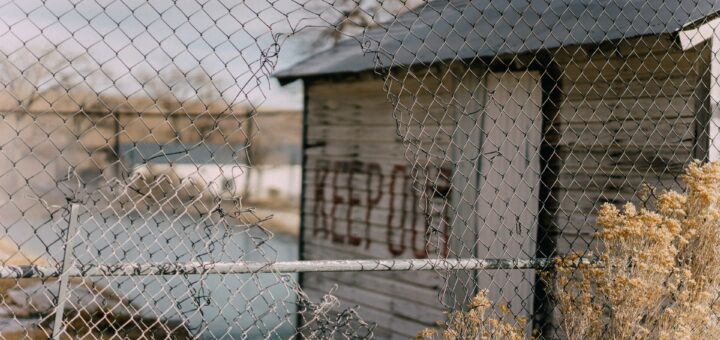Covid-Friendly, Congregationally-Friendly, or Community-Friendly?

This weekend, most of us will be hitting the one-year mark from when all of our churches moved online. We’ve learned a lot since March of 2020. New ways of ministry have been introduced that will outlast a pandemic, while others were temporary patches that we’ll be oh-so-glad to kick to the curb.
But I fear that there are more than simple pandemic silos that will need to be re-assessed (and potentially dismantled) in our slow crawl back to normal. The way we approach our weekend services may need to change once again.
What made sense twelve months ago…or ten months ago…or one month ago…may not make sense now. Here are three categories where we may see ourselves:
1. Covid-friendly
Many churches are knocking it out of the park when it comes to health precautions. Whether it’s outdoor services or online-only or required masks or pod-style seating or RSVPs, we find ourselves reinventing the wheel every week to keep people safe.
And those precautions will probably be with us a while. Some practices hopefully have gone out of style forever (can I get a witness, Awkward Turn-And-Greet-Your-Neighbor Time?), but as vaccines take effect and positivity rates go down, our “abundance of caution” will look more like a “normality of caution.”
2. Congregationally-friendly
In the immediate aftermath of the shutdown, many church staffs did everything possible to care for their congregation. I’ve lost count of the number of teams I’ve heard of who made it a point to personally call every single member every single month.
And that care didn’t stop when we moved back to in-person services. Many congregations continued to get creative with shorter services, family-friendly environments, and service elements designed to help people feel as connected as possible.
3. Community-friendly
…and here’s the “but.”
But if there’s a downside to being congregationally-friendly, it’s that our comfort can come at the expense of our guests. Our insider status makes us crave those service elements that tell us “we’re all in this together.” But for someone who is showing up for the first time, we can inadvertently send a signal that we know each other, we care for each other, we’re already in a relationship with each other … and that can make it doubly hard for an outsider to feel like they fit in.
Perhaps a few examples may help:
- Our desire to be safe means we move the first-time guest experience to a digital format, but that reduces the opportunity to have a face-to-face conversation.
- Our desire to be pastoral means we have an extended time to pray with and for one another in the weekend service, but for the unbelieving first-time guest, being asked to pray with someone seems scarier than covid exposure.
- Our desire to provide online experiences means we toss a ton of resources towards recording and replaying and streaming, but the lack of physical interaction gives an outsider one more barrier to cross.
I recognize that for every example above, you could give ten “Yeah, but whattabout…” statements. I’m not saying the above examples have been unnecessary, or represent churches or leaders with ill intent. I am saying that new styles of ministry demand new ways to assess. New questions to ask. New problems to solve.
Don’t let the “new normal” of the pandemic disrupt the tried and true needs of those in your community. People who survived a pandemic are still people. They still get weirded out by being the new kid on the block. They still get anxious showing up someplace for the first time. And they still need to know that we see them. We’re here for them. We want them to feel like family from their first moment with us.
So yes, continue to be innovative. Continue to reinvent. But as you do, continue to reassess. Poke around. Ask hard questions. And get comfortable with being uncomfortable if it means bringing comfort to your guests.
This post was inspired by a very helpful conversation with the very smart Josh Ingram, a member of our staff team and a Guest Services leader extraordinaire.
